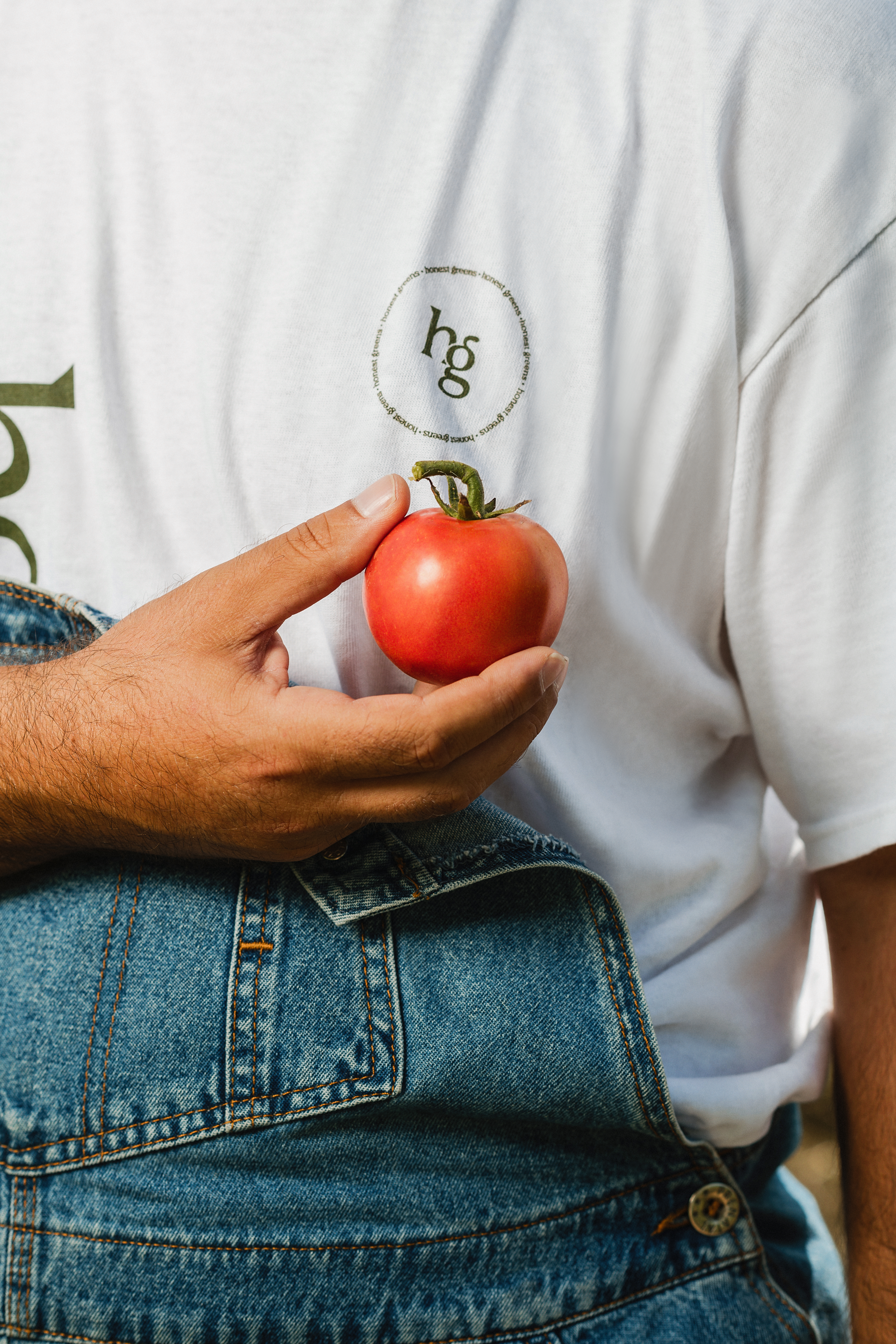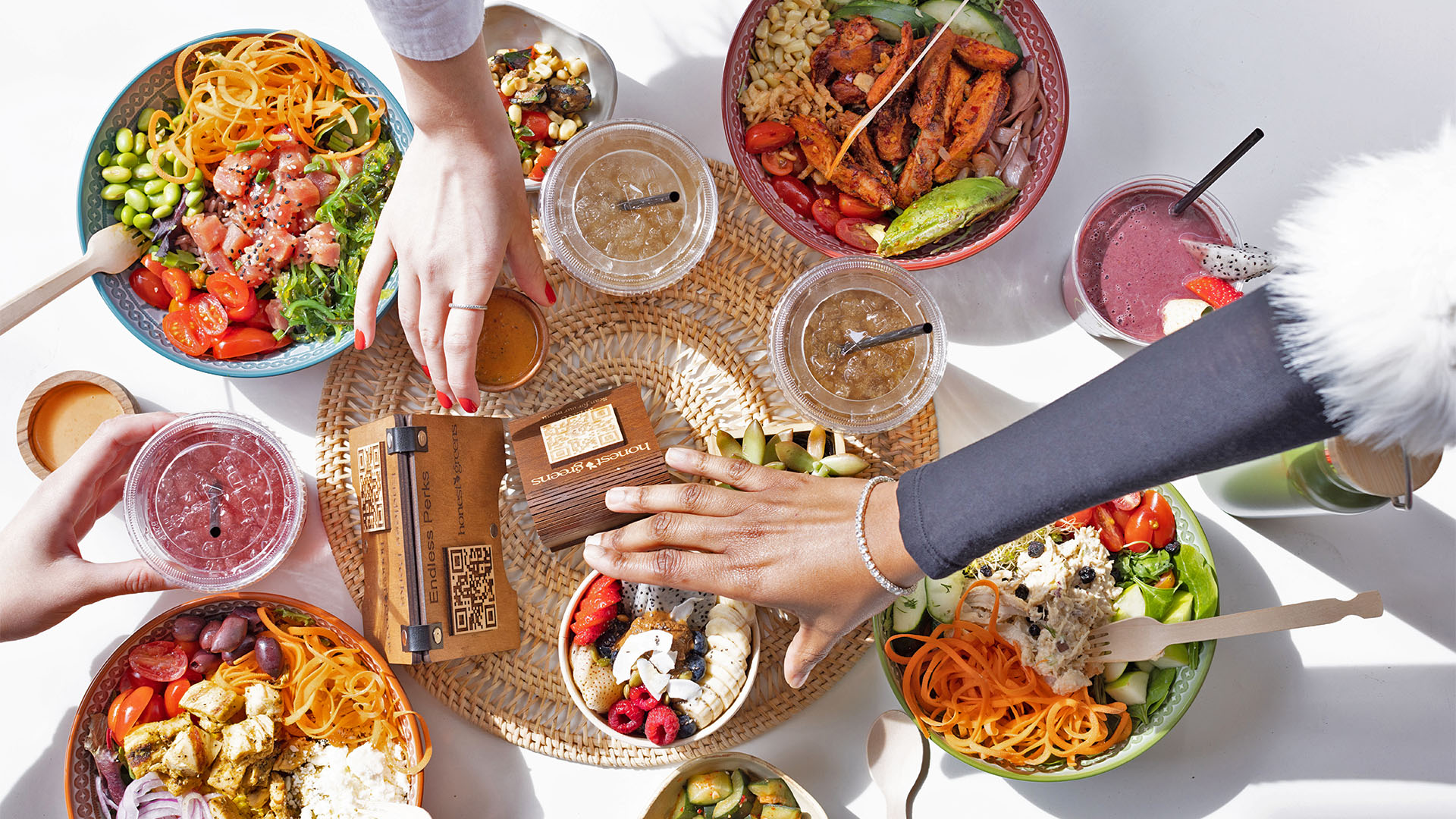At Honest Greens, we believe food should do more than just taste good, it should fuel your body and support the lifestyle you love. Whether you’re beach-bound, gym-ready, or just looking to feel your best, understanding your macronutrients can help you eat with intention, not restriction. Let’s break it down. What Are Macronutrients? Macronutrients (or…

Step into a world where we celebrate the art of mindful eating, offering not just delightful recipes but a plethora of healthy tips and wellness insights.
-

A Simple Guide to Healthy Living & Macronutrients
Read more: A Simple Guide to Healthy Living & Macronutrients -

In a world where health trends come and go, the power of science-backed nutrition remains unwavering.
Read more: In a world where health trends come and go, the power of science-backed nutrition remains unwavering.Honest Greens, Myrtle Beach’s haven for wholesome dining, seamlessly merges scientific principles with delectable flavors, creating a truly nourishing experience. At Honest Greens, every bowl is a testament to nutrient density—offering a wealth of vital nutrients per calorie. Science tells us that nutrient-dense foods are a cornerstone of good health. As you step into Honest…
-

Are you tired of the usual dining options that leave you feeling unsatisfied and unenergetic?
Read more: Are you tired of the usual dining options that leave you feeling unsatisfied and unenergetic?Look no further than Honest Greens, Myrtle Beach’s freshest and most exciting destination for wholesome dining. We’re not just a restaurant; we’re a celebration of health, flavor, and convenience. Let us introduce you to a dining experience like no other. At Honest Greens, we understand that your time is precious. That’s why we’ve revolutionized the…




